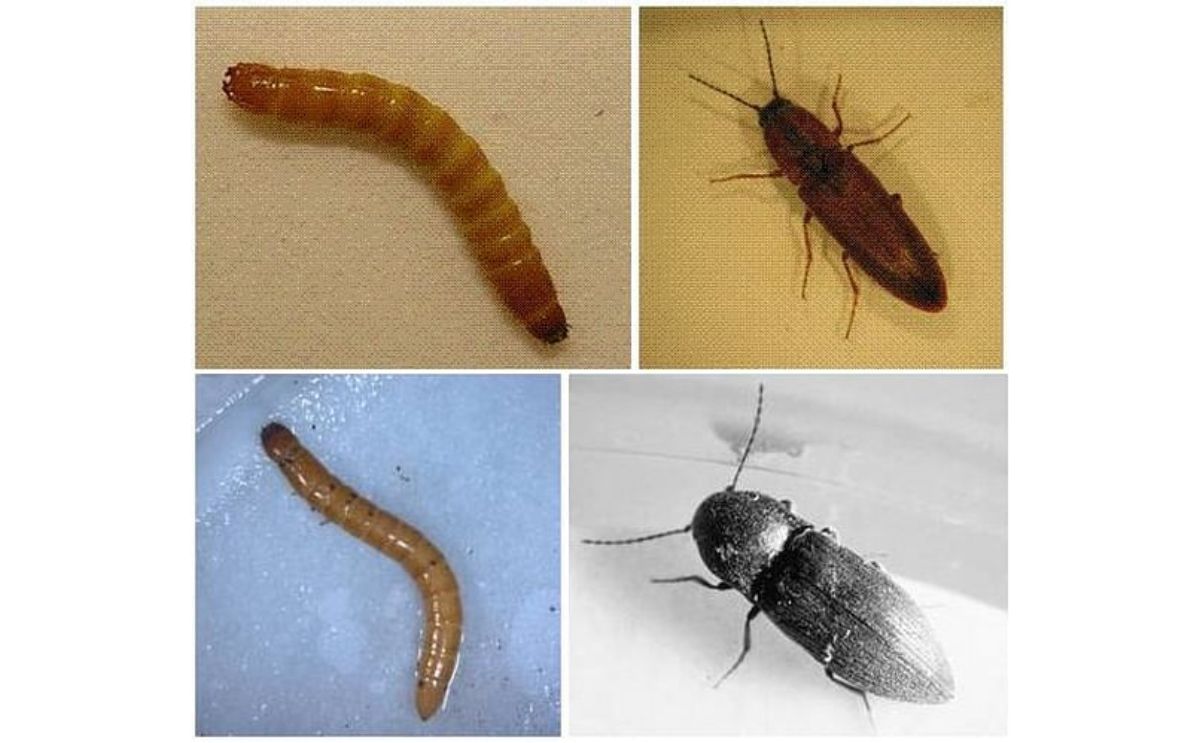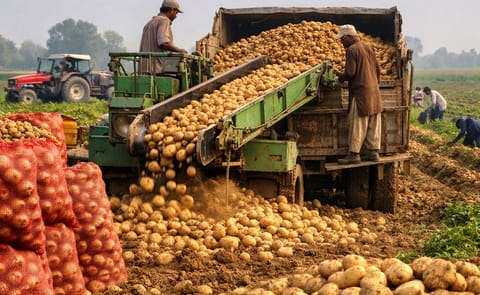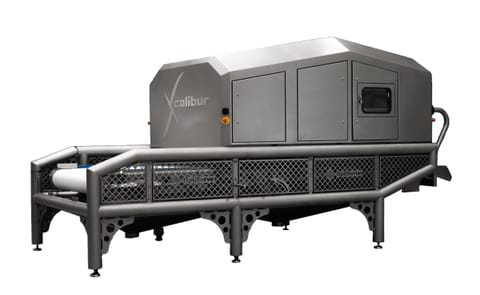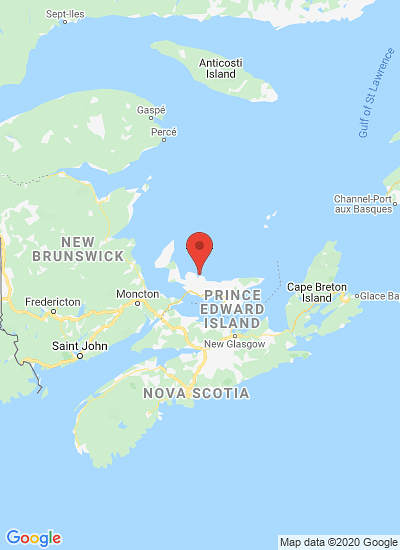Two of the wireworm species identified from a 2008-2009 national survey in Canada. Top: Limonius canus larva and adult (Images by W. van Herk); bottom: Agriotes obscurus larva and adult (Images by R. S. Vernon)
No simple solution to deal with wireworm

Bob Vernon, an Agriculture Canada scientist, spoke to about 300 farmers on Prince Edward Island on wireworm, a pest he's been researching for 20 years.
The tiny pest burrows into crops and leaves holes that make them unmarketable.
"You can have a single wireworm put four or five holes in a tuber. Back in British Columbia, where I come from, if you have two holes in a tuber, that's a cull and you throw it out," Vernon said.
Right now, farmers are using a pesticide called Thimet with limited success. It’s scheduled to be taken off the market. Vernon spoke about ongoing research into alternatives.
"There are a lot of hosts that it can live on and we have to look at strategies to attack it when it’s most vulnerable,” said Brian Beaton, an Island potato specialist.
Wireworm is found all over the world. The infestation on P.E.I. is worse than other parts of Canada and the Island has three species.
Related information by Agriculture and Agri-Food Canada: Reduced-risk Wireworm Management in Potato
"You guys have all three here and one species worse than the other; the potato wireworm, which probably came from France or England," said Vernon. "I would say [what was] a lurking problem 10 years ago has become a more significant problem now and will be even more significant into the future.”
Unfortunately it is even worse for organic farmers because they can't use chemical pesticides and wireworm thrives in soils with high organic matter.









